|
I adapted this blog series from a section of an online workshop I conducted for Writers & Books in March 2020. The SituationDeciding a character’s alignment helps determine how they act during their adventures. I find it helpful to think about how each alignment would behave in the same circumstances because it highlights the differences between each alignment. Here’s the scene: A character is in a market and encounters a thief who has stolen from them in a previous incident. The thief doesn’t see the character yet, so they have time to react. How will they act? The neutral type would steal back precisely what the thief stole from her and continue on her way. She is not interested in payback, justice, or charity. She wants what the thief owes her, nothing more, and nothing less. That said, she will work hard to retrieve the stolen item and may not take responsibility for any mishaps caused by her pursuit. Defining Neutral Characters However, she is singular, insular, and her allegiance never changes. What makes her neutral, despite having a cause, is the singularity of her chosen cause. She cares for literally nothing else. She practically sees nothing but herself and, perhaps, the subject of her devotion. Neutral characters, also known as True Neutral, are not blank slates. They have an allegiance to something, and they are neutral to everything but that allegiance. A truly neutral character only has loyalty to themselves. But there can be neutral characters with allegiances to kingdoms, jobs, religions, or even a person. True neutral characters are few and far between. Subtypes of this character include all-knowing bystanders, hermits, self-absorbed cowards, and folks who just couldn’t be bothered. Neutral Character Development True neutral characters are hard to write and, subsequently, are rare characters. Almost everyone has some motivation aside from preservation and a moral compass outside of observation. She is also a hard type to develop because her nature is static. She doesn’t care about you, and she never will. On the other hand, she is adept at honing her skills in her area of interest, more so than different character types. If she’s interested in self-preservation via social climbing, she will eventually rise to the upper echelons of society. She has the potential to obsess her way into becoming a paragon. If she survives long enough, she could be the most peaceful monk, the world’s most powerful orator, the fastest swimmer, the highest-paid assassin, and so on. The important part is that her interest is all-encompassing. I’ve seen writers hint at true neutral development with the “maybe she cares after all” plotlines usually involving a love interest or family ties. This situation reveals that the character is not truly neutral unless her attention is a minor diversion or ends up as part of a self-serving plot. Neutral Character Examples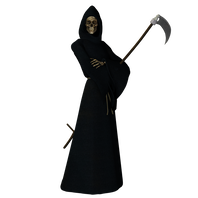 Death in the Discworld series is just there to do his job. It doesn’t matter to DEATH if you’re rich or poor, good or evil, souls need reaping, and he’s the one who will do it. Watchmen’s Doctor Manhattan is the “impartial observer” subtype of true neutral. His omniscient nature removed his humanity, and he can’t bring himself to do anything but watch from afar. Dr. Smith, from Lost in Space, both the current and previous incarnations of the character, is the classic true neutral character. Dr. Smith will do anything to survive, including manipulation, identity theft, and murder. The modern Dr. Smith is an excellent example of a neutral character who occasionally seems to take an interest in other people. Still, her concern for others always ends up a matter of self-interest. This is the last post in my Alignment Series! |
Alison Lyke
Categories
All
Archives
November 2022
|
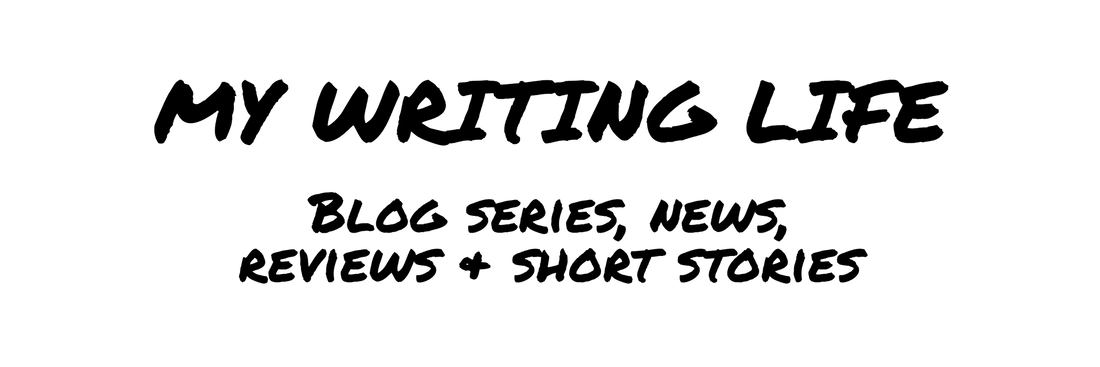
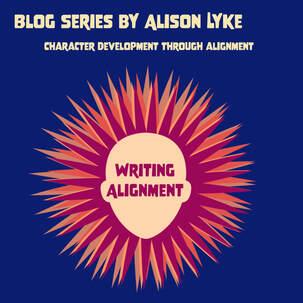


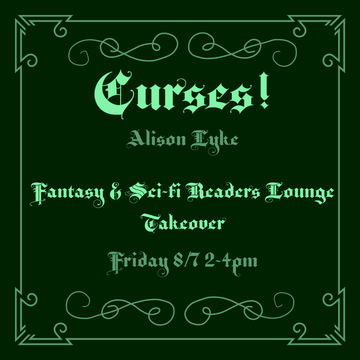

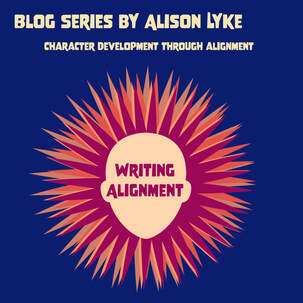
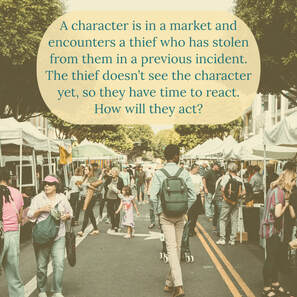
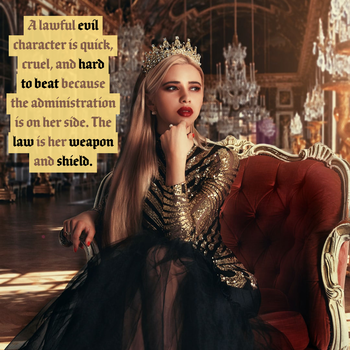

 RSS Feed
RSS Feed
